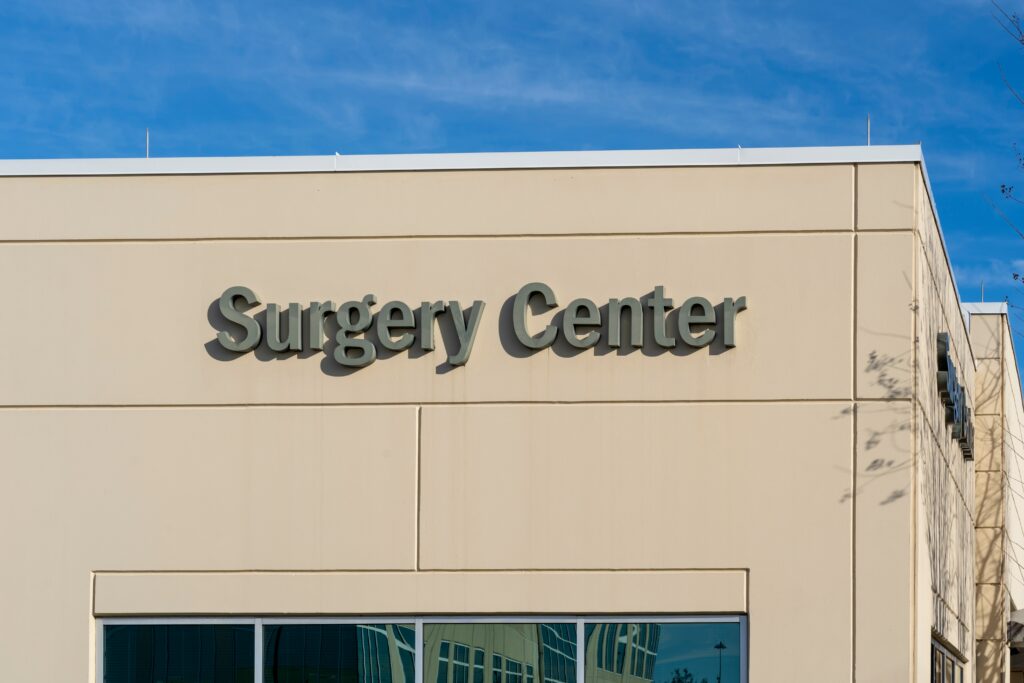Time to Budget or Spend Budget for this year?
Here are some suggestions to make it easier for you.
As healthcare professionals, whether you’re a Materials Manager, Administrator, Director of Nursing, or Physician, budgeting for medical and surgical equipment is a critical task that ensures patient safety and operational efficiency. Here are some key considerations to keep in mind as you navigate this process.
Don’t Wait Until the Last Minute
Procrastination can lead to missed opportunities for the best pricing and considerations. Submitting your requests early not only helps you secure better deals but also ensures that your department’s needs are met without unnecessary delays. Keep an eye out for sales and time you’re purchasing with these types of opportunities.
Equipment Essential for Patient Safety
Patient safety should always be the top priority. Identify and prioritize equipment that is essential for maintaining high standards of care. This includes life-saving devices, monitoring systems, and other critical tools that directly impact patient outcomes.
Prioritize Your Equipment for Quick Approval
To streamline the approval process, categorize your equipment needs based on urgency. Items that are crucial for immediate patient care should be at the top of your list. This helps in getting quick approvals and ensures that essential equipment is available when needed.
Replacing Old or Non-Functional Equipment
Outdated or malfunctioning equipment can compromise patient safety and care quality. Plan for the replacement of such equipment to maintain operational efficiency and safety standards. Regularly assess the condition of your current inventory to identify items that need to be replaced.
New vs. Refurbished, Brand vs. Off-Brand
When specifying your equipment needs, consider whether new or refurbished items are more appropriate. Refurbished equipment can be a cost-effective alternative without compromising quality. Additionally, evaluate whether brand-name equipment is necessary or if off-brand options can meet your requirements just as well. Seek out additional services contracts to further extend the life of your equipment.
Need to Have NOW! vs. Q1 Purchase vs. Nice to Have
Categorize your equipment requests based on urgency:
- Need to Have NOW! Items that are critical for immediate patient care and cannot be delayed.
- Q1 Purchase: Equipment that is important but can wait until the next quarter.
- Nice to Have: Non-essential items that would improve efficiency or procedures but are not urgent.
Embrace New Technology
Stay updated with the latest advancements in medical technology. Investing in new technology can enhance patient care, improve efficiency, and reduce long-term costs. Evaluate the potential benefits of new equipment and consider incorporating them into your budget.
Here are some key factors to consider:
1. Clinical Efficacy
- Evidence-Based: Look for clinical studies or trials that demonstrate the effectiveness of the new technology.
- Patient Outcomes: Assess how the technology improves patient outcomes, such as reducing recovery times or improving diagnostic accuracy.
2. Cost-Benefit Analysis
- Initial Cost: Consider the upfront cost of the technology.
- Long-Term Savings: Evaluate potential long-term savings, such as reduced maintenance costs, lower energy consumption, or decreased need for consumables.
3. Integration with Existing Systems
- Compatibility: Ensure the new technology is compatible with your existing equipment and IT systems.
- Training Requirements: Consider the training required for staff to effectively use the new technology.
4. Vendor Support and Warranty
- Customer Support: Check the level of customer support provided by the vendor, including response times and availability.
- Warranty and Maintenance: Review the warranty terms and maintenance services offered.
5. Regulatory Compliance
- Certifications: Ensure the technology meets all relevant regulatory standards and certifications.
- Safety Standards: Verify that the equipment adheres to safety standards to protect both patients and healthcare providers.
6. Scalability and Future Proofing
- Upgradability: Determine if the technology can be easily upgraded or expanded in the future.
- Longevity: Assess the expected lifespan of the technology and its relevance to future medical advancements.
7. User Feedback
- Peer Reviews: Seek feedback from other healthcare facilities that have implemented the technology.
- User Experience: Consider the ease of use and any reported issues from current users.
8. Environmental Impact
- Sustainability: Evaluate the environmental impact of the technology, including energy efficiency and disposal considerations.
By thoroughly evaluating these factors, you can make informed decisions about incorporating new technology into your budget and ensuring it aligns with your facility’s goals and patient care standards.
For a comprehensive list of essential equipment, refer to the equipment checklist.
PBC-Product List-Generic-Update (pbcsolutions.org)
By following these guidelines, you can ensure a well-planned and efficient budgeting process that prioritizes patient safety and operational excellence. Happy budgeting!




